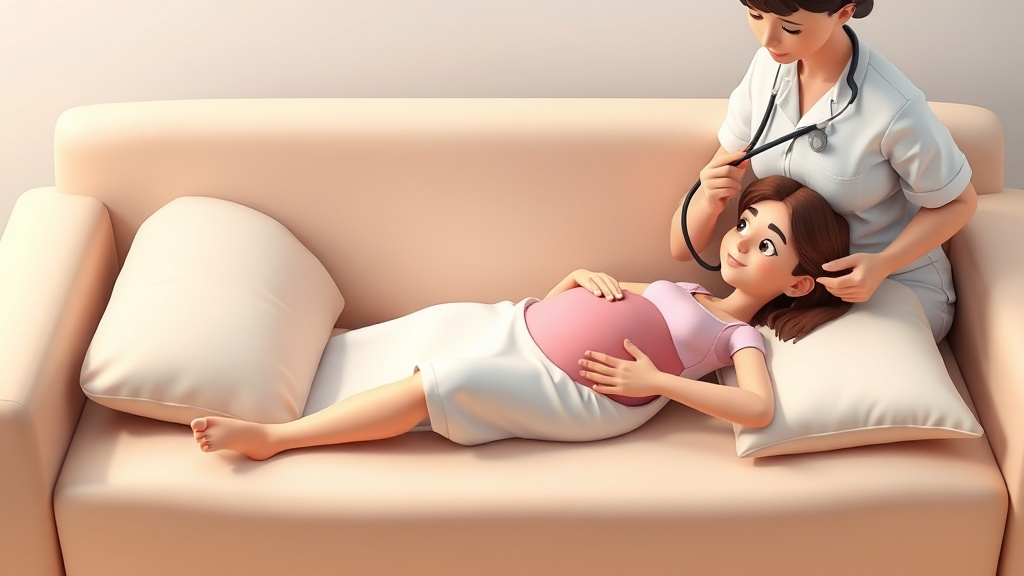Home / Health / Midwife Defies the Odds to Deliver Babies in West Virginia's Maternity Care Desert
Midwife Defies the Odds to Deliver Babies in West Virginia's Maternity Care Desert
10 Nov
Summary
- Staysha Quentrill, one of the few midwives attending home births in West Virginia, has driven 30,000 miles in the last year to provide care
- West Virginia has seen over 60% of its hospitals close their delivery units since 2010, leaving many counties without a single birthing hospital
- Quentrill operates in a "legal gray area" as West Virginia does not license midwives who are not nurses, despite her national certification

As of 2025-11-10T18:52:03+00:00, Staysha Quentrill, a certified midwife, has been working tirelessly to provide home birth services across the state of West Virginia. Over the past year, Quentrill has added an impressive 30,000 miles to her car's odometer, traveling to mothers in labor throughout the state.
West Virginia has faced a significant decline in its maternity care infrastructure in recent years. Since 2010, more than 60% of the state's hospitals have closed their delivery units, leaving many counties without a single birthing hospital. In nearly half of the state's counties, there are no birthing hospitals, and not a single practicing obstetrician. This has forced pregnant women to spend hours driving to appointments and, in some cases, give birth on the side of highways or in emergency rooms.
Quentrill, one of the few midwives attending home births in West Virginia, operates in a "legal gray area" as the state does not license midwives who are not nurses, despite her national certification as a certified professional midwife. This has forced her to find creative workarounds, such as partnering with nurses to administer certain medications. Despite the legal challenges, Quentrill remains dedicated to her mission, believing that her work is essential in reviving the region's culture of community-based care.
Quentrill's commitment to her patients is evident in her approach. She carefully assesses the risks of each pregnancy, referring higher-risk women to hospitals, and always has a plan in place for getting to a hospital if needed. While the official stance of the American College of Obstetricians and Gynecologists is that the safest place to give birth is a hospital or accredited birth center, some experts believe that state licensure of community midwives could potentially help make home birth safer.



